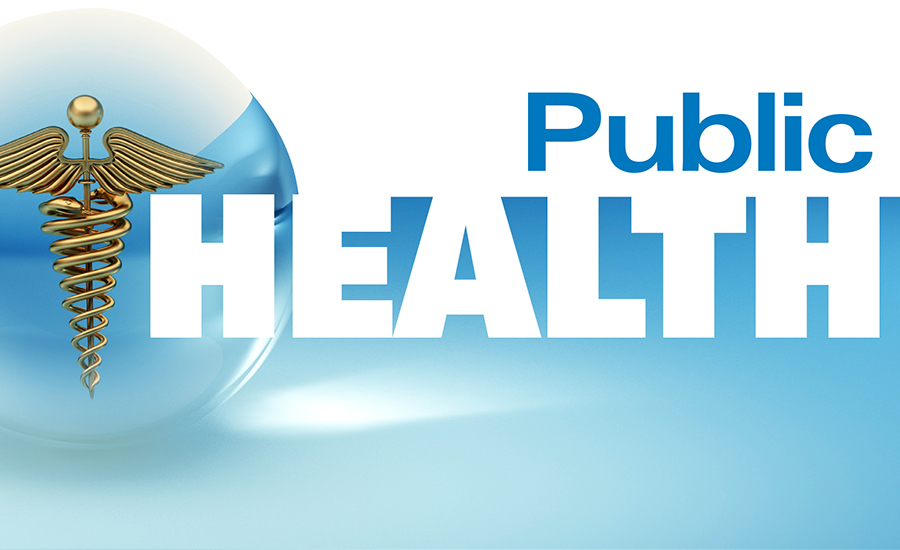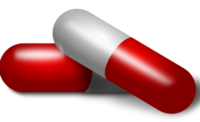CDC Director Dr. Tom Frieden says the nation’s alarming heroin epidemic – which spans nearly all demographic groups and is causing a dramatic rise in overdose deaths, is largely due to two factors.
Demand and supply
“It's really a one-two punch. First is an increasing number of people primed for heroin addiction because they're addicted to or exposed to prescription opioid painkillers; and second is an increase in the supply and accessibility and decrease in the cost of heroin.”
Frieden said that from 2002 to 2013, groups that have historically had lower rates of heroin use -- women, and non-Hispanic whites – saw the largest increases
An toxic relationship
“Heroin use doubled among women and more than doubled among non-Hispanic whites,” said Frieden. “Alarmingly, nearly all people who used heroin also used at least one other drug in the past year; and most used at least three other drugs. The use of multiple substances increases a person's risk of overdose. Most were using alcohol, cocaine, and marijuana in addition to heroin. The relationship between heroin and opioid painkillers was particularly strong. In fact, abuse or dependence on opioid painkillers was the strongest risk factor for heroin abuse or dependence.”
People who abuse or who are dependent on prescription opioid painkillers are 40 times more likely to have heroin abuse or dependence. Previous research has found that the rate of heroin addiction among people with a history of nonmedical use of prescription opioids was 19 times higher than those without a history of nonmedical use.
The rate of heroin-related overdose deaths has risen sharply as well. In 2013 alone, more than 8,200 people died from heroin overdoses. Most heroin-related overdose deaths that year, 60 percent, involved at least one other drug.
1 in 50 could die
“I want to put this in perspective,” said Friden. “There are, by the best estimate a little over 500,000 people who are addicted to heroin in the U.S. The fact that more than 8,000 of them died in a single year suggests that around 1 in 50 people who are addicted to heroin may die from it in each year of their addiction. That's a remarkably high proportion and reflection of how dangerous it is to have a heroin addiction, to have heroin supply from sources where the purity may change rapidly, and to use it by an intravenous route.”
He said the higher the rate of the prescription opiate use, the higher the rate of heroin use.
“What we really think is happening, it's the one-two punch of more people primed for heroin addiction because they're addicted to opiates, essentially the same chemical with the same impact on the brain as heroin. Then second, that increase in supply and access and decrease in cost of heroin. Heroin costs roughly five times less than prescription opiates on the street, although obviously the data on that is hard to come by.
A "heartbreaking" comeback
"The latest analysis of heroin trends adds to the real devastation that the opioid epidemic is causing in communities across the country. Most people coming in to treatment for heroin addiction report injecting the drug; and I’ll tell you that as a doctor who started my career taking care of patients with HIV and other complications from injection drugs, it's heartbreaking to see injection drug use making a comeback in the U.S."
The injection opioid is shortening lives and bringing with it a host of other health problems, like Hepatitis C, HIV and neonatal abstinence syndrome, which affects newborns exposed to drugs in the womb.
Frieden said change at the state level is critical to addressing the epidemic, and should include both prevention and treatment and recovery for those who abuse or are dependent on heroin.
The CDC recommends that states:
- make prescription drug monitoring programs timely and easy to use
- increase access to substance abuse treatment services including medication-assisted treatment (MAT)
- ensure that Medicaid and other insurer provide coverage for all forms of M.A.T
- provide support and training for the administration of naloxone or narcan
What a few doses can do
Frieden said health care providers should follow best practices when prescribing opiates, and keep in mind that a few doses can result in a lifetime of addiction.
“Prescribers can also use drug monitoring programs and ask patients about current or past drug and alcohol use prior to considering opioid treatment, they, prescribers can also use non-opiate means of addressing non-cancer pain or chronic pain syndromes and can link patients who do have problems with effective substance abuse treatment service and ensure if they are using prescription opiates, they use the lowest effective dose, and the minimum quantity needed.”
For its part, the federal government is developing prescribing guidelines for chronic pain which are due out early next year.
“In the meantime, we're asking providers to be judicious when prescribing these drugs because they are so powerfully addictive.”



